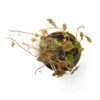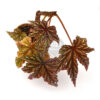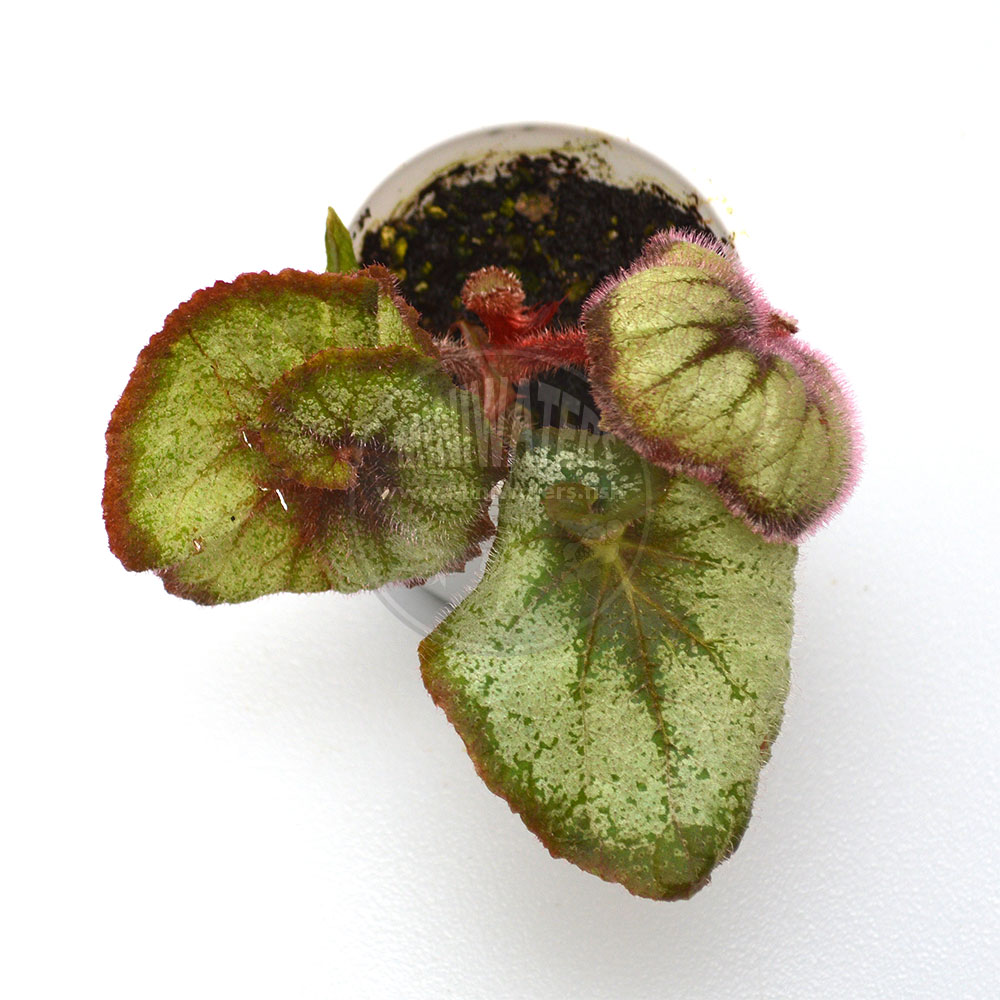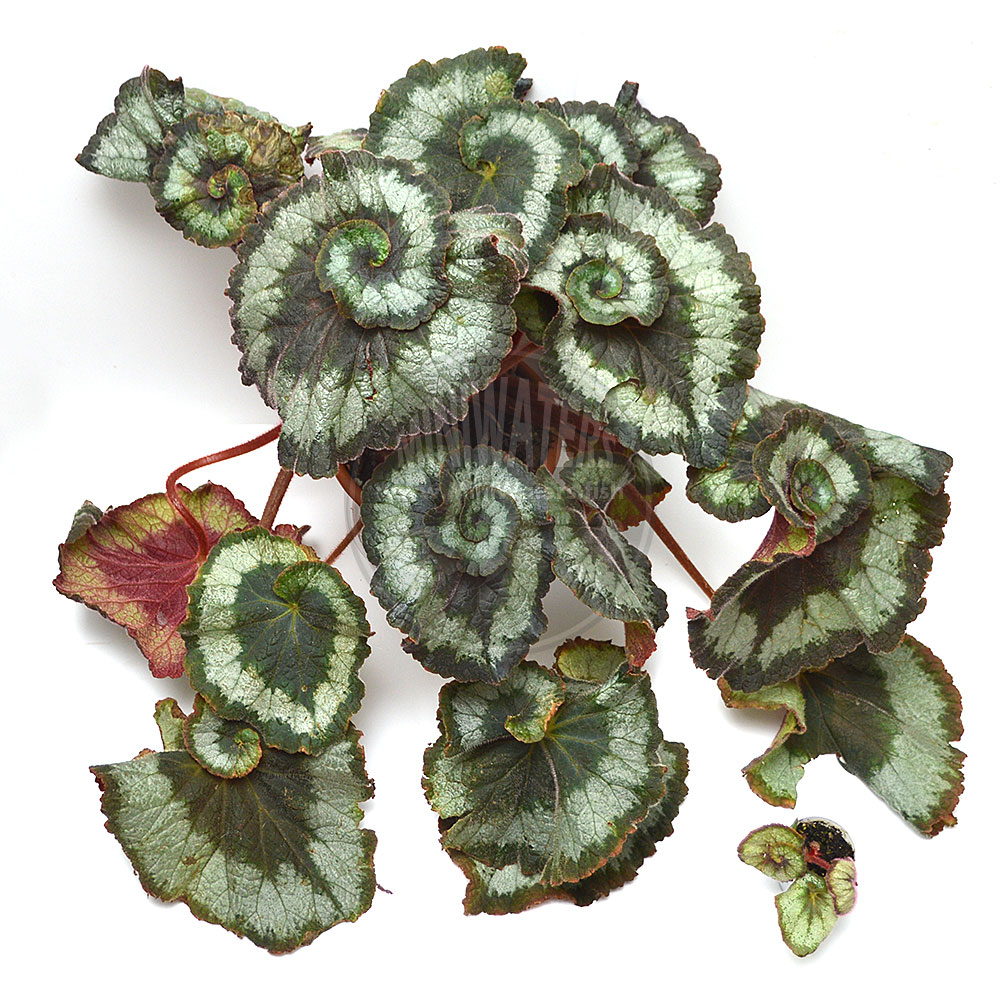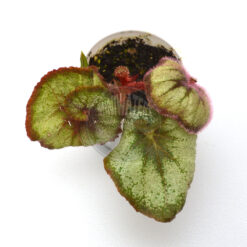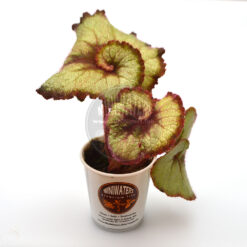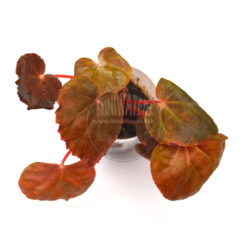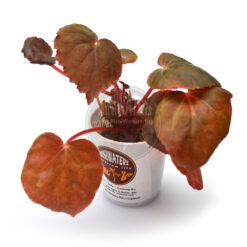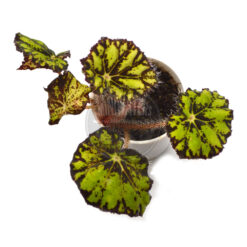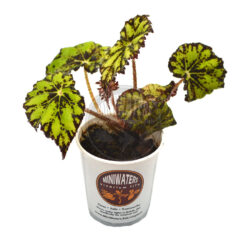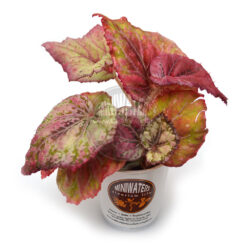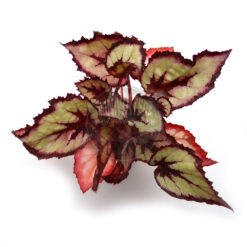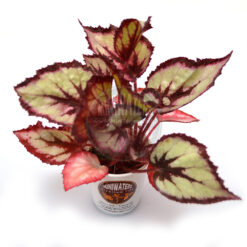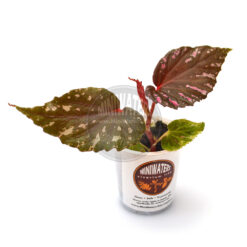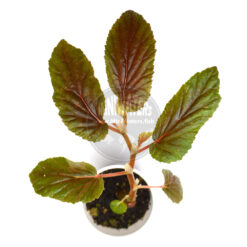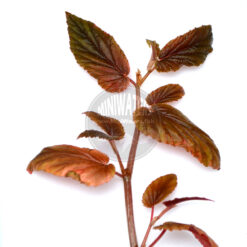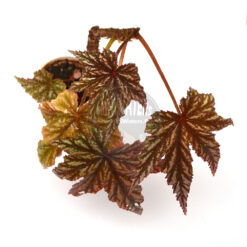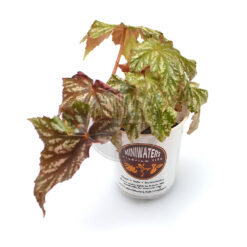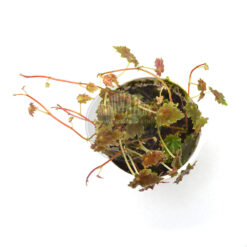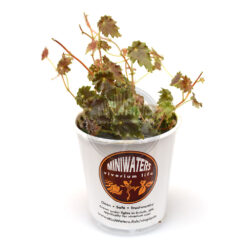Begonia Escargot
$12.00
Begonia Escargot is a rhizomatous rex begonia hybrid that has the potential to reach a large size in ideal conditions. Leaves can reach a length of up to 10″. It’s characterized by some folks as difficult to grow, although I’ve found to respond well to our tray culture and as such, it should do well in most vivarium settings.
NOTE – 2″ cups will are generally offered once these Begonias have 3 leaves; while you may receive larger, consider it a bonus, not the norm! The large plant shown in the gallery is exceptionally large, grown as a houseplant rather than a vivarium specimen. It’s shared here to show what a mature plant can develop into (note that the same plant used for our product image is shown alongside the parent plant it was grown from!)
Learn more below…


